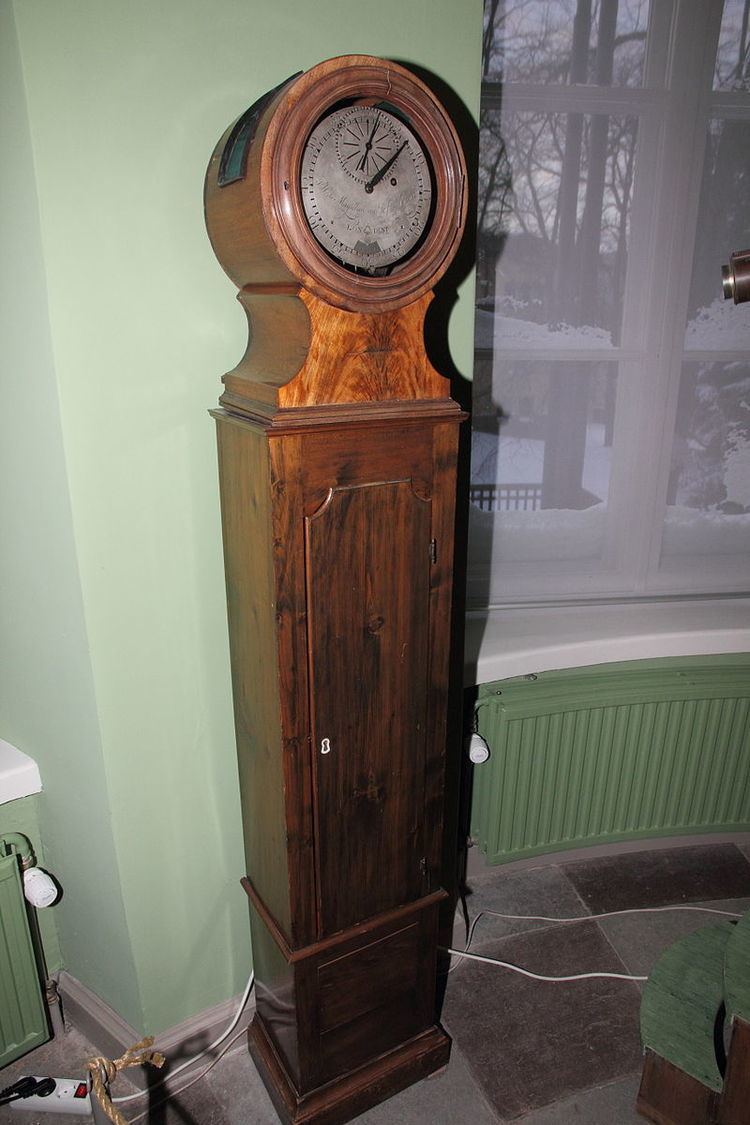Name Jean de | ||
 | ||
Books Description Of A Glass Apparatus For Making Mineral Waters: Like Those of Pyrmont, Spa, Seltzer, Etc., in a Few Minutes, and With a Very Little Expence, Together With the Description of Some New Eudiometers | ||
Jean Hyacinthe de Magellan (Portuguese: João Jacinto de Magalhães) (1723–1790) was a Portuguese natural philosopher.
Contents

Life
He was born in Aveiro, Portugal. He seems to have been brought up at Lisbon, where he became a monk of the order of St. Augustine, and was pursuing his studies in the Portuguese capital when the city was destroyed by the earthquake of 1755.
At age 40 Magellan abandoned the monastic life. About 1764 he appears to have reached England and was in communication with Da Costa of the Royal Society in 1766. For some time he acted as tutor on continental tours, and made the acquaintance of leading scholars of the day, especially in the Netherlands. Magellan was elected a fellow of the Royal Society in 1774, and was a corresponding member of the academies of science in Paris, Madrid, and St. Petersburg.
In June 1778 Magellan was at Ermenonville, the seat of the Marquis de Gerardin, and there, with M. du Presle, he visited Jean-Jacques Rousseau a few days before his death on 2 July. He added a postscript describing his visit to Du Presle's Relation des derniers Jours de J. J. Rousseau, London, 1778. Magellan settled in London soon afterwards. He was for some time engaged in superintending the construction of a set of astronomical and meteorological instruments for the court of Madrid, which he described in 1779. He devoted his last years to the construction of instruments including thermometers and barometers. He made a clock for the blind Louis Engelbert, 6th Duke of Arenberg, which indicated by bells the hours and other readings.
Among Magellan's friends was the Hungarian count Maurice Benyovszky. About 1784 the count borrowed a large sum of Magellan, and was soon afterwards shot as a pirate by the French in Madagascar. Magellan never recovered the money. He died on 7 February 1790, after more than a year's illness. He was buried in Islington churchyard, having many years previously renounced his Roman Catholic faith.
Works
Magellan's major works were:
Magellan also wrote articles in the Journal de Physique, 1778–83. On the title-page of his translation of Axel Fredrik Cronstedt's System of Mineralogy, 1788, he assumed the appellation "Talabrico-Lusitanus".
Magellan gave Count Benyovszky's memoirs to William Nicholson, who published them in English in 1790. Magellan's French version of the memoirs appeared after his death, and letters of Magellan to Benyowsky were published in Mór Jókai's edition of the count's memoirs.
The Magellanic Premium, a prize given for advances in navigation, was established in 1786 by a grant given by him.
